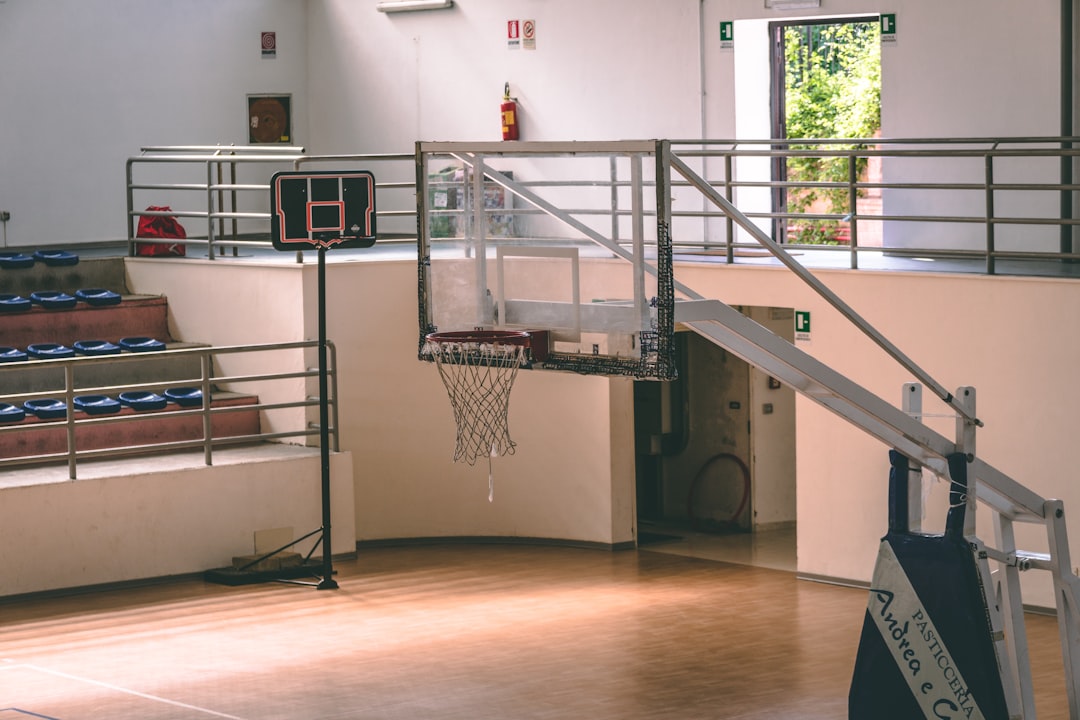What is it about?
Objectives:To investigate the impact of associated extraabdominal injury on morbidity and mortality in polytraumatized patients with blunt abdominal trauma. Methods: This analysis included poly-traumatized patients with blunt abdominal trauma treated at the Emergency Unit of Minia University Hospital and Misr University for Science and Technology Hospital, Minia, Egypt, between March 2006 and March 2008. This study included patients aged 4-73 years with injury severity score )ISS( more than 18 and indicated for surgical intervention. Data were analyzed with details of injury, treatment, complications, and mortality. Results:Inclusion criteria were met by 94 patients with mean ISS of 29.3 ± 6.4. Most frequent injuries were seen in the spleen )61.7%(and liver )47.9%(. Chest trauma represents most common extra-abdominal trauma )67%(. Thirty-six patients )38.3%( died during their hospital stay. Most frequent reasons for death were hemorrhagic shock )27.8%(, acute respiratory distress syndrome )27.8%(, and head trauma )22.2%(. There was a positive relationship between liver injury and mortality, which was not found in splenic injuries. Significantly more deaths were attributed to primarily extra-abdominal injuries )66.7%(and then to intra-abdominal injuries )19.4%(. In 5 patients )13.9%(, a combination of intra- and extra- abdominal injuries caused post-traumatic death. Conclusion: Extra-abdominal injuries add to the morbidity and mortality from blunt abdominal trauma in poly-traumatized patients. Routine computerized tomography scanning can minimize negative abdominal exploration and facilitate better management of extraabdominal injuries.
Featured Image
Why is it important?
To investigate the impact of associated extraabdominal injury on morbidity and mortality in polytraumatized patients with blunt abdominal trauma.
Perspectives
Extra-abdominal injuries add to the morbidity and mortality from blunt abdominal trauma in poly-traumatized patients. Routine computerized tomography scanning can minimize negative abdominal exploration and facilitate better management of extraabdominal injuries.
Ashraf Mohamed
Minia University
Read the Original
This page is a summary of: Difficult Laparoscopic Cholecystectomy and Trainees: Predictors and Results in an Academic Teaching Hospital, Gastroenterology Research and Practice, January 2017, Hindawi Publishing Corporation,
DOI: 10.1155/2017/6467814.
You can read the full text:
Resources
Contributors
The following have contributed to this page










